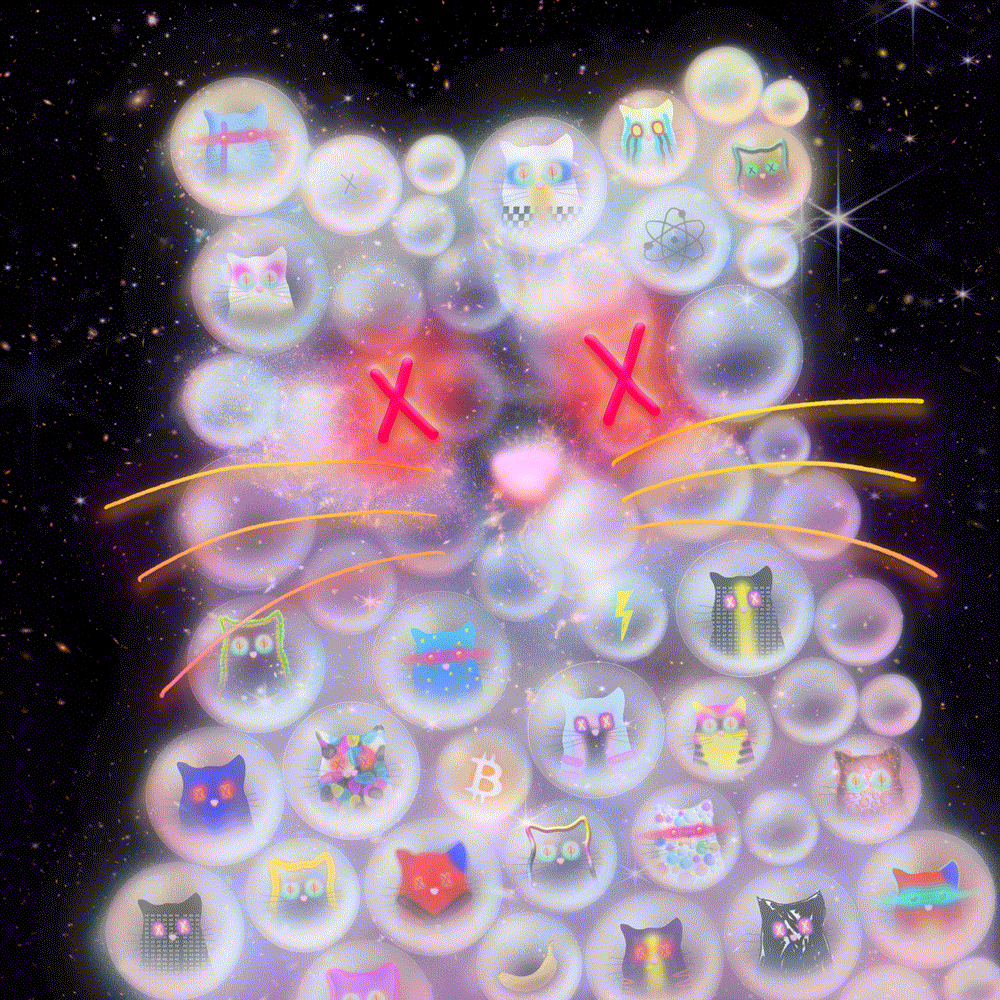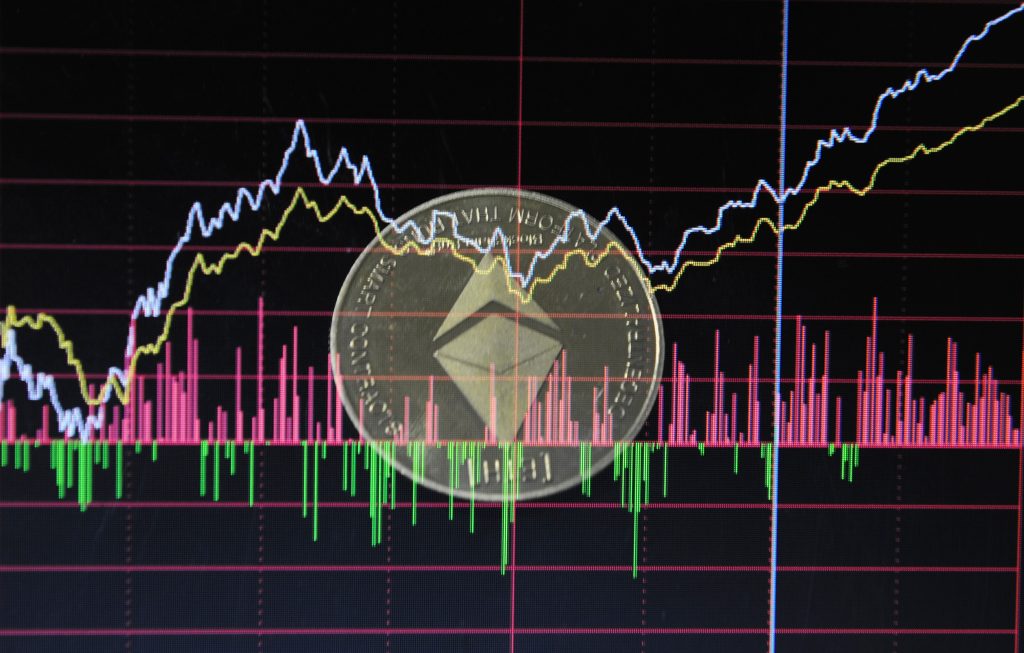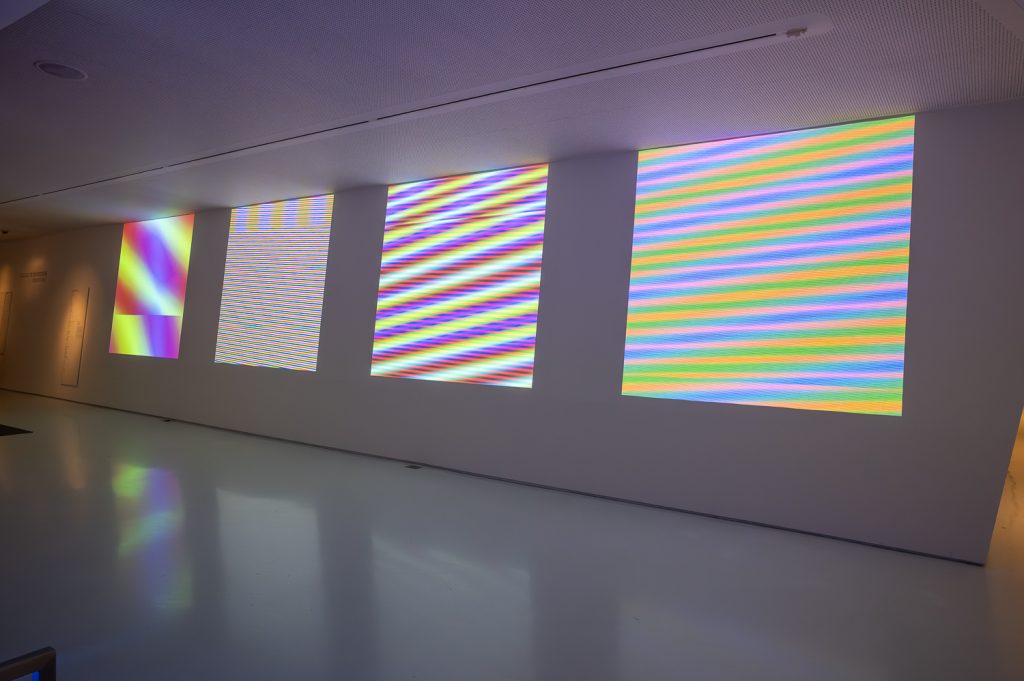Market
Is This the Start of a New NFT Boom?
Those three letters may be a 'dirty word right now,' but cryptocurrency is up and digital artworks are gaining fresh attention.

In March of this year, the price of Bitcoin hit $73,000, an all-time high. In the same month, a Christie’s NFT sale of work by Robert Alice brought in $171,685, an auction organized by MoMA and the new media platform Feral File achieved $191,000, and Sotheby’s wrapped up a sale of digital artworks that tripled its estimate, totaling $613,664. Is this the start of a new NFT boom?
Maybe. Maybe not. Burned out by the many dips and bumps in the crypto market, those in the arts ecosystem are not overly hopeful. The party line seems to be that focusing on the art itself, as opposed to the digital mechanics of its sale, remains vital. Ultimately, talking about NFTs isn’t useful for attracting collectors or building legitimacy.
“I have heard about a renewed interest in NFTs, but at this point in the lifecycle of the new market I’m very wary of that renewed interest, in making any decisions quickly based on it, or encouraging an artist to release a project a certain way because of it,” said Ariel Hudes, head of Pace Verso, Pace gallery’s digital art arm. “We’ve seen that the interest in NFTs comes and goes very quickly and is very market dependent. I’m feeling very clear that the art is separate from the medium of transaction and so talking about NFTs just doesn’t feel interesting.”

Shroomtoshi, Inscription 21. The first lot in the “Natively Digital: A Curated Ordinals Sale” at Sotheby’s. Courtesy of Sotheby’s
Sarah Rossien, the associate artistic director of Art Blocks, an NFT platform for generative art, shares the opinion. “We’re intentionally distancing ourselves from ‘NFT,'” Rossien said. “There’s a connotation with it that is inaccurate or at least misunderstood. As we’re trying to find new collectors and as we’re trying to be leaders in this space, we’re leading with art. Why would we lead with the mechanics of selling that art with tokens?”
When Mike Winkelmann (aka Beeple) became the third-most-expensive living artist, after his NFT Everydays: The First 5,000 Days sold at a 2021 Christie’s auction for $69.3 million, the art and tech industries began collaborating like never before. The moment brought alien aesthetics, a new form of currency, and a new kind of collector into the arts ecosystem. Post-crash, these worlds seemed to have separated again.
Even with the price of Bitcoin and Ethereum up, the Web3 natives who really drive NFT prices aren’t showing a whole lot of interest in digital art. Instead, the rabid energy once saved for Bored Ape Yacht Club has been redirected to meme coins with names like Donotfomoew, Dogwifhat, and Doge. There is also a lot of interest in a new Twitter-type platform called Farcaster, where people’s posts are tipped with branded coins. This part of Web3 will probably never cross over with the art world, no matter how badly some in that mainline art world want a piece of the crypto pie.
Nevertheless, now that digital art can be minted on Bitcoin (before this was only done on Ethereum), some believe that there is the potential to bring different factions together again. Bitcoin-minted art is referred to as Ordinals, and with the market up, this is the space that feels like it has opportunities. Sotheby’s is particularly keen to embrace them.
“Ordinals has opened up to a whole new audience of Bitcoiners,” said Sotheby’s head of digital art and NFTs, Michael Bouhanna. “There are people who are just on this one chain, so this shift has suddenly brought a new market, new collectors and we’ve done a few very successful sales selling Ordinals.”
The auction house’s “Natively Digital: An Ordinals Curated Sale” brought in $1,097,534 (or 26 BTC). Yet these early signals have yet to tantalize established artists or the people who manage them. No one is making a mad rush to produce a cash-grab NFT project or to sell on NFT marketplaces.

Ethereum prices being tracked in Shiyan, China, in November 2022. Photo by CFOTO/Future Publishing via Getty Images.
“NFT is a dirty word right now,” said Feral File’s co-founder, Sean Mosovich. “But the most surprising thing to me was that during 2023, when the crypto people were crying because SBF lost their money, the museums were collecting them. Feral Files got 27 artworks acquired by major institutions over the past year.”
One institution that has been particularly active is the Centre Pompidou. It acquired 14 digital artworks in February, including a piece by the new media artist Anne Spalter. For Spalter, who found success in the NFT boom, the role of institutions in preserving and selling digital art is key, especially when the technological complexity and lack of security in the Web3 space led to so much theft and scamming.
“I personally don’t really care about decentralization, in fact I think some centralization is actually better for the art world,” said Spalter. “For the average art collector it can’t be like, ‘Oh, you’re gonna spend 50 grand’ [on this NFT] but maybe you’re gonna lose it in a split-second. Don’t complain about it. It was your fault.’ Yeah, that’s not really gonna fly.”

Installation view of LoVid’s Tide Predictor on the Schlosser Media Wall at the Museum of the Moving Image in Queens, New York. Courtesy of Thanassi Karageorgiou/MoMI.
Spalter herself was a victim of the vagaries of the crypto market. Her 2020 piece The Wonder of It was sold in a Sotheby’s auction for $12,600, but then it was orphaned.
“The auction was at the end of 2022 and everything was falling apart,” Spalter explained. “The person who purchased it was running some kind of start-up that failed and they never completed the purchase. But I didn’t feel like I could re-list it. It was an all-time high for me. It was a really important piece in my practice and I wanted it to be somewhere reflective of that, so I kind of sat on it for a while.”
After a meeting with the Centre Pompidou, Spalter offered the work to the institution, which accepted it. Although the work was given as an NFT, the artist also provided the full video artwork on several backup USB sticks, as well as a written certificate of authenticity. When it comes to saving these digital works for posterity, the promise of blockchain’s permanent ledger just isn’t enough.
“The preservation issue was holding some of these institutions back, but I think they’re realizing that acquiring this work isn’t dependent on the blockchain,” said Spalter. “That’s just one part of it.”





